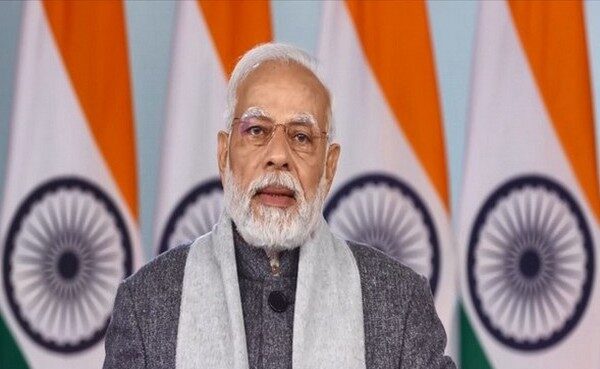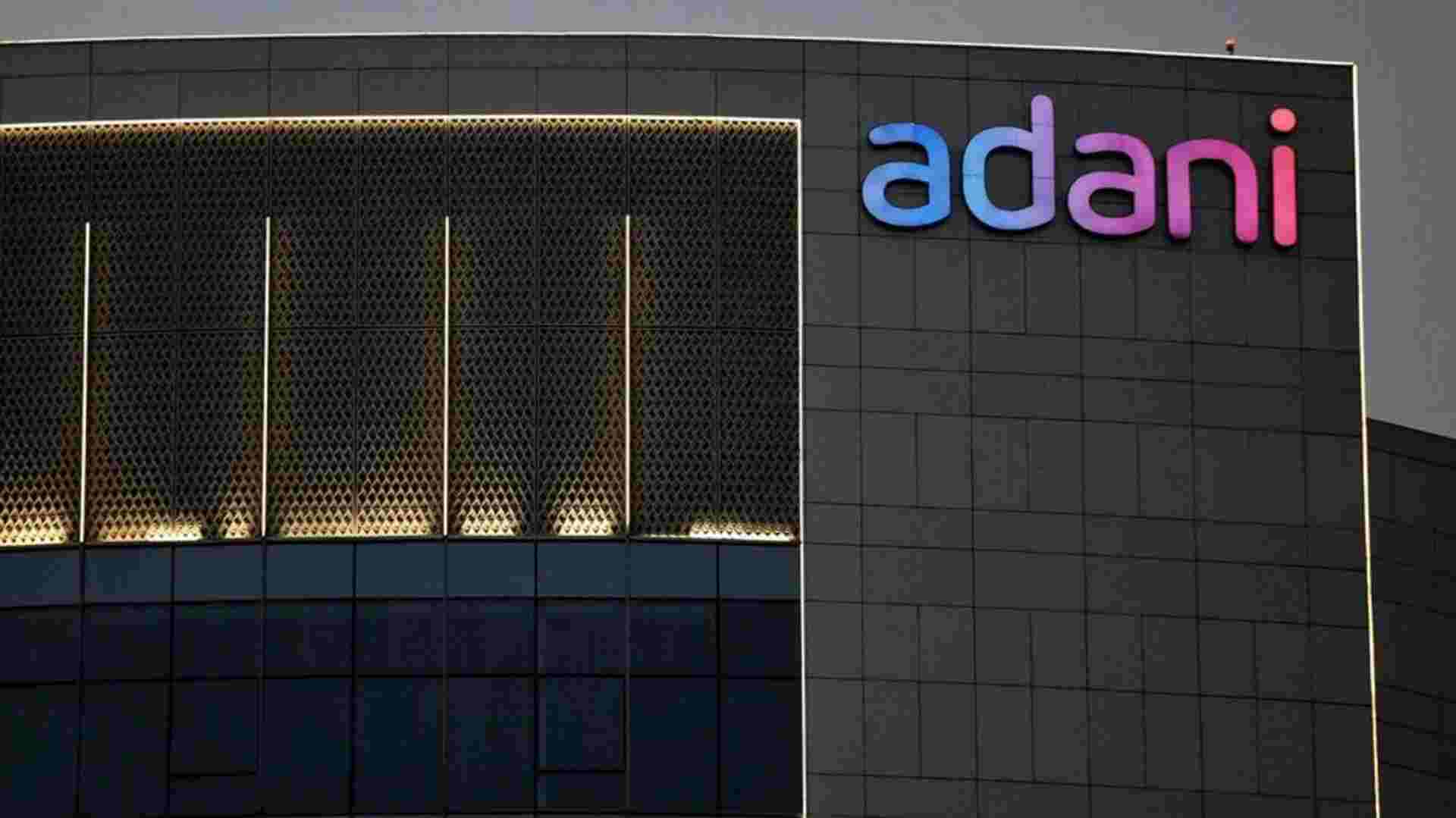
Prime Minister Narendra Modi on Saturday congratulated ISRO on the successful launch of Aditya -L1, India’s first space-based solar observatory. The Prime Minister declared that India’s scientific efforts will continue “to develop a better understanding of the Universe for the welfare of entire humanity.”
Taking to social media platform X, the PM said, “After the success of Chandrayaan-3, India continues its space journey. Congratulations to our scientists and engineers at @isro for the successful launch of India’s first Solar Mission, Aditya -L1. Our tireless scientific efforts will continue in order to develop better understanding of the Universe for the welfare of entire humanity.”
The PSLV-C57.1 rocket carrying the Aditya-L1 orbiter lifted off successfully from the Satish Dhawan Space Centre in Sriharikota, Andhra Pradesh at 11.50 am today.
The successful launch of ISRO’s maiden solar mission came on the heels of the historic lunar landing mission — Chandrayaan-3.
After the launch, ISRO announced that the payload covering the Aditya L1 spacecraft had been separated as it left Earth’s atmosphere.
“The third stage of the separation of PSLV carrying the Aditya-L1 orbiter has been completed,” as per ISRO.
The launch of Aditya-L1 by PSLV-C57 is accomplished successfully, it said.
The vehicle has placed the satellite precisely into its intended orbit. India’s first solar observatory has begun its journey to the destination of Sun-Earth L1 point, the agency said.
The Aditya-L1 mission is expected to reach the observation point in four months. It will be placed in a halo orbit around Lagrangian Point 1 (or L1), which is 1.5 million km away from the Earth in the direction of the sun.















